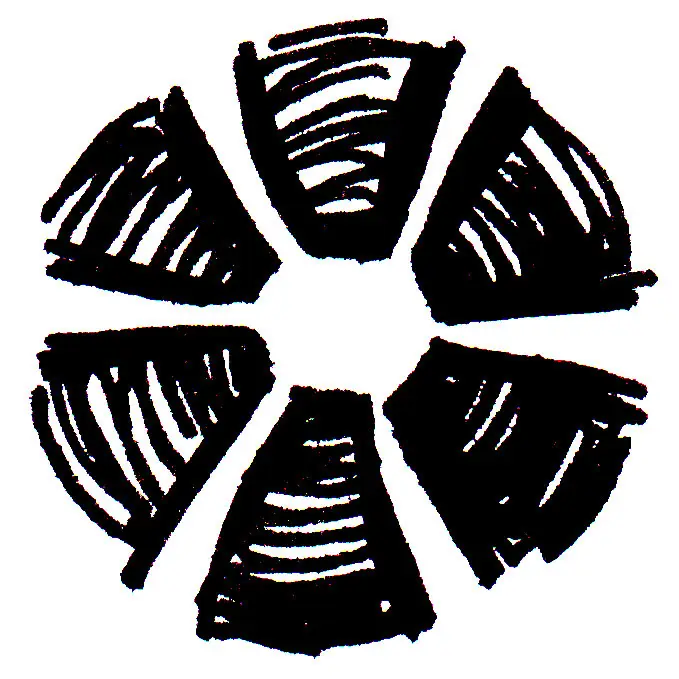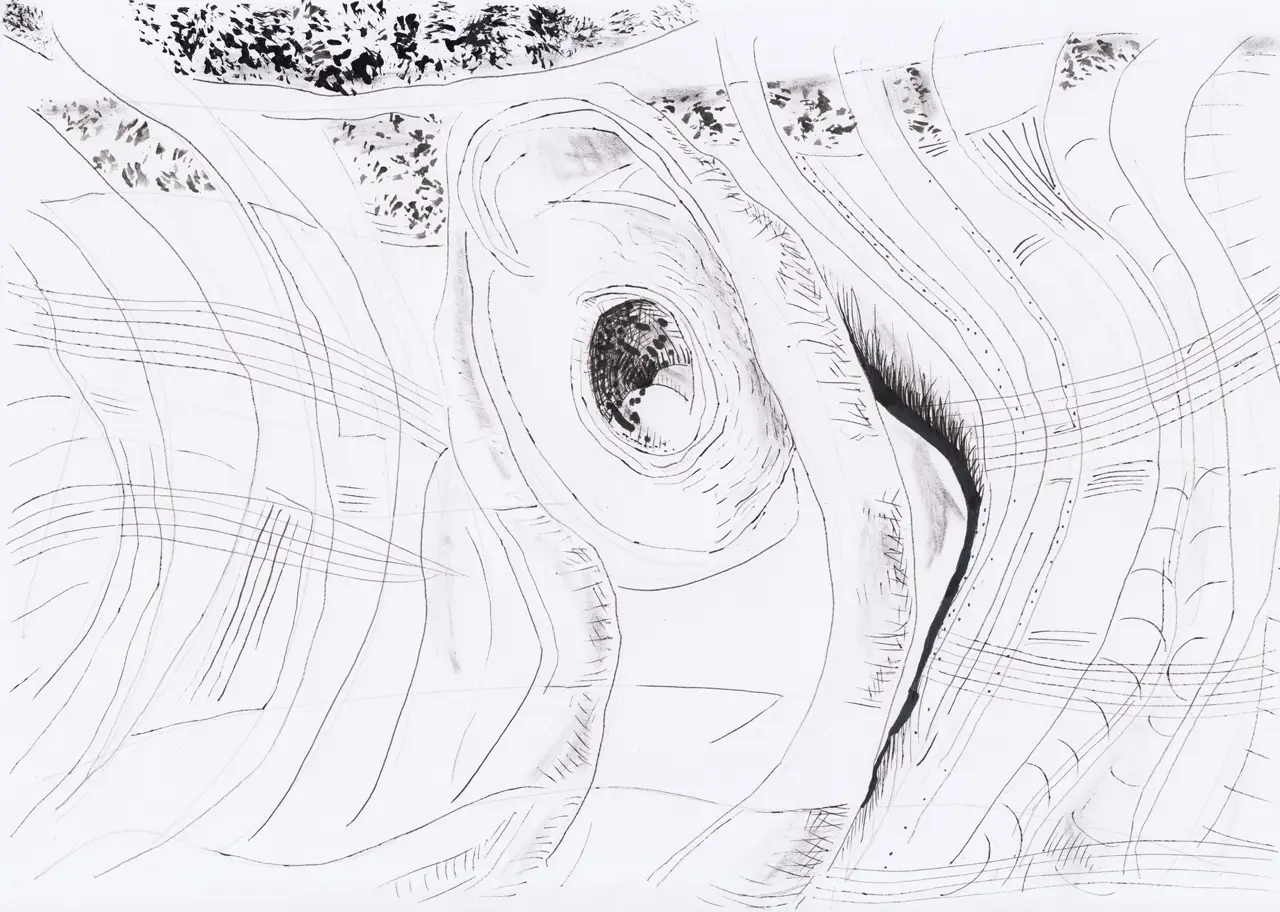In Sabino D’Argenio’s “Lockdown 01” from his evocative “Lockdown” series, the scream of the figure portrayed is a profound and multifaceted expression of the human experience during the COVID-19 pandemic. This scream, captured so vividly, resonates deeply with the collective emotions that many endured throughout this unprecedented time, serving as a powerful symbol of existential anguish, resistance, and the deep-seated need for connection.
The Scream as an Expression of Existential Anguish
At the most fundamental level, the scream in D’Argenio’s painting represents existential anguish—a raw, unfiltered outcry born from the depths of the human soul. Milan Kundera’s philosophical explorations of existence, particularly in works like The Unbearable Lightness of Being, provide a framework for understanding this scream. Kundera often delved into the tensions between the lightness of freedom and the weight of responsibility, mortality, and isolation. During the lockdown, many individuals were forced into an unexpected confrontation with these existential questions. Stripped of the distractions of daily life, people faced the stark reality of their own vulnerability and the fragility of existence.
The scream in “Lockdown 01” encapsulates this sudden and overwhelming realization. It is a visceral reaction to the heavy burdens that many carried during lockdown—the fears of illness, the uncertainty of the future, and the isolation from loved ones. This existential dread, heightened by the global crisis, is embodied in the figure’s open-mouthed scream, a poignant representation of the internal turmoil that so many experienced but could not articulate. The scream thus becomes a universal symbol of the deep, often hidden, anguish that the pandemic brought to the surface.
The Scream as a Symbol of Resistance
Yet, the scream is not merely an expression of despair; it also symbolizes resistance. In the face of an overwhelming situation where control was stripped away—by the virus, by government mandates, by the very unpredictability of the world—the scream stands as an act of defiance. It is a refusal to succumb to the weight of these external pressures, a moment of cathartic release that asserts the individual’s existence in the face of overwhelming odds.
This act of screaming, depicted so powerfully by D’Argenio, can be seen as a reclaiming of agency. Even in isolation, where physical movements were restricted and normal life was upended, the scream is a way of pushing back against the feelings of powerlessness. It is a moment where the figure, and by extension the viewer, takes control of their narrative, refusing to be silenced by the circumstances. In this light, the scream is not just a cry of pain but a powerful, almost primal, assertion of the self.
The Scream as a Collective Voice
On another level, the scream represents the collective voice of millions around the world who experienced similar emotions during the lockdown. While each person’s experience was unique, the underlying feelings of fear, frustration, and loneliness were nearly universal. D’Argenio’s painting captures this collective anguish, giving a voice to the silent suffering that many endured behind closed doors. The scream, then, becomes not just the voice of one individual but a symbol of the shared experience of humanity during a time of global crisis.
This collective aspect of the scream also highlights the paradox of the lockdown experience—though people were physically isolated, they were united in their struggles. The scream in D’Argenio’s work echoes through the empty spaces that many inhabited during the lockdown, resonating with the shared experience of uncertainty and fear that defined the period.
The Scream as a Call for Connection
Finally, the scream can be interpreted as a desperate call for connection in a time of enforced separation. One of the most profound impacts of lockdown was the severing of social ties—connections that are fundamental to the human experience. The scream in D’Argenio’s painting can be seen as a cry for recognition, a plea for connection amid the enforced isolation. It is a call into the void, seeking to bridge the gap between individuals who were isolated not just by physical distance but by the overwhelming circumstances of the pandemic.
In this sense, the scream is both a lament for lost connections and a hopeful expression of the deep human need for interaction and recognition. It encapsulates the loneliness of the lockdown but also the enduring desire to be seen and heard, even in the most challenging of times.
Conclusion
Sabino D’Argenio’s “Lockdown 01” is a powerful visual exploration of the human condition during the COVID-19 pandemic. The scream of the figure portrayed is a rich, multifaceted symbol that speaks to the existential anguish, resistance, collective suffering, and deep need for connection that characterized the lockdown experience. Through this scream, D’Argenio captures the profound emotional and psychological impact of the pandemic, offering a poignant reflection on the universal struggles that defined this unprecedented period.

